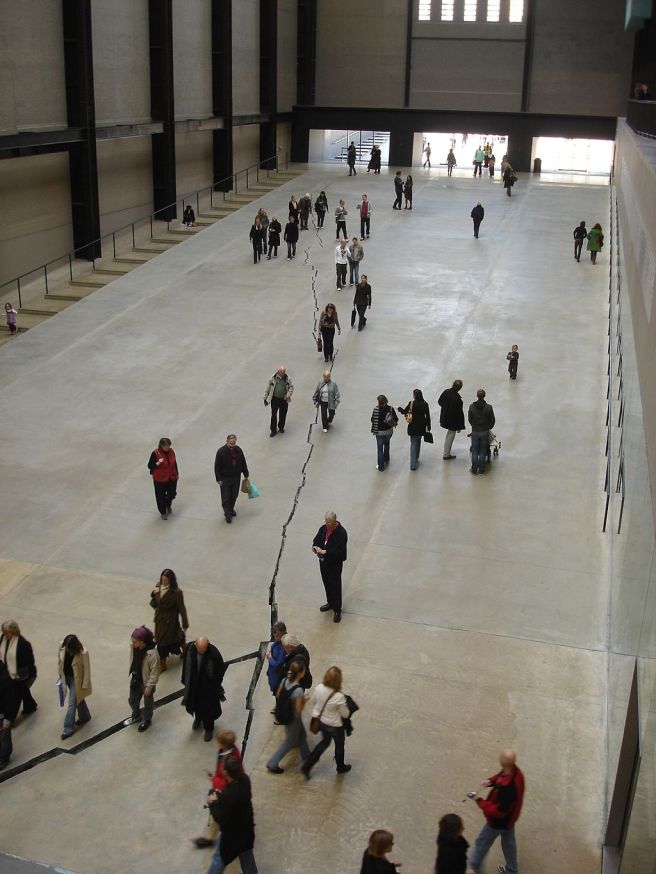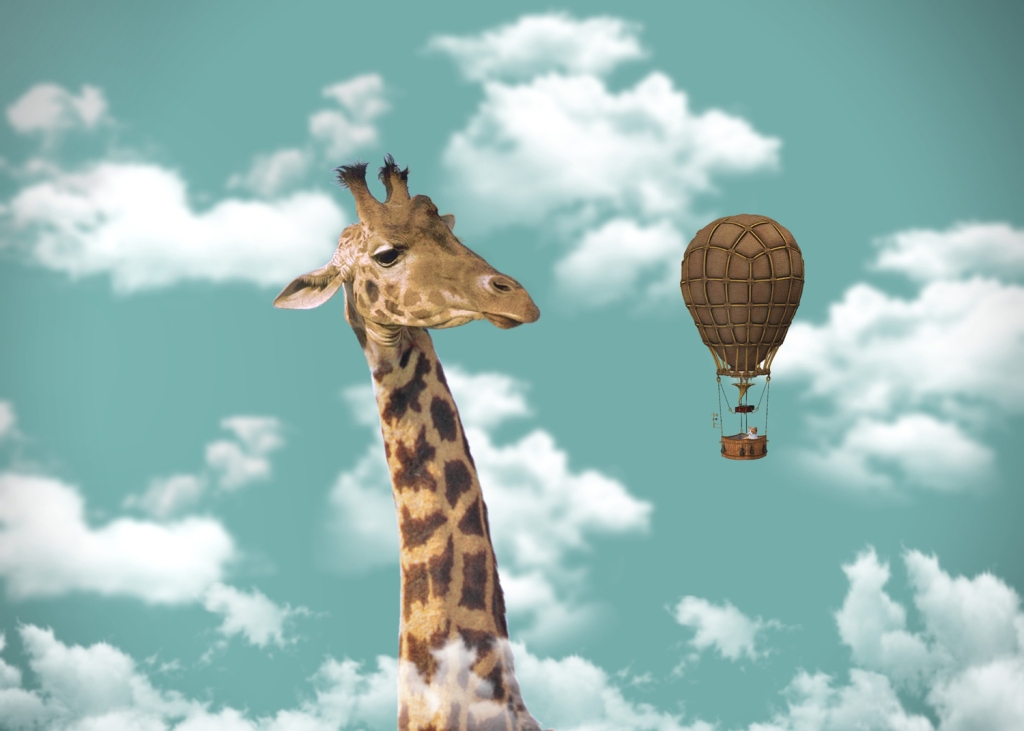
Aesthetica, the magazine and its website, is one of my favorite go-to places for contemporary art. Here’s a piece about Doris Salcedo sliding a crack along the floor of Tate Modern’s Turbine Hall, Baptiste Debombourg’s sending a gallery wall cracking and tumbling toward us, and more ado about fragments and fragmenting.
Visual Inspiration: Art as Fragments (brief Aesthetica article)
Doris Salcedo’s 2007–2008 installation and intervention piece fractured the floor of the Turbine Hall—after adding a new layer to it for this purpose—with a crevice of various widths and depths and set chain-link wires inside it. She called it Shibboleth.
In the Bible, in the Book of Judges, there’s a passage about a battle between two Semitic tribes, the Ephraimites and the Gileadites. When the Ephraimites tried to escape, the Gileadites put them to a test of saying the word shibboleth. The Ephraimites couldn’t pronounce the initial sh sound (they turned it into an s) and were thus exposed.
As a noun, a shibboleth came to mean a custom, such as a way of speaking, a belief, or a tradition which distinguishes a group of people. It’s a marker used to both include and exclude, to differentiate between an in-group and out-group. According to her own statements, Doris Salcedo uses the notion of shibboleth in a vein close to its biblical context, as a signifier that rather than benignly evoking group differences points instead at discriminatory practices and also violence against members of out-groups, with particular reference to immigrants who come to Europe from the so-called “third-world” countries. The work is meant to reflect both pressure and division, Salcedo says. But there is so much suggestion of struggle, too, in the work, and of calling into question, as Salcedo suggests, the direction of our gaze—toward those who struggle, toward those fallen through the cracks, toward those who push from the crevices to free themselves only to find themselves, in many cases, in circumstances that hold them back like those bits of chain-link fence incorporated into the crevice walls of the installation.
Here’s more about this piece from Tate Modern and from the Khan Academy.
And here’s a photo:

(Photo by Nmnogueira on Wikipedia, CC BY-SA 2.5 https://creativecommons.org/licenses/by-sa/2.5, via Wikimedia Commons)

